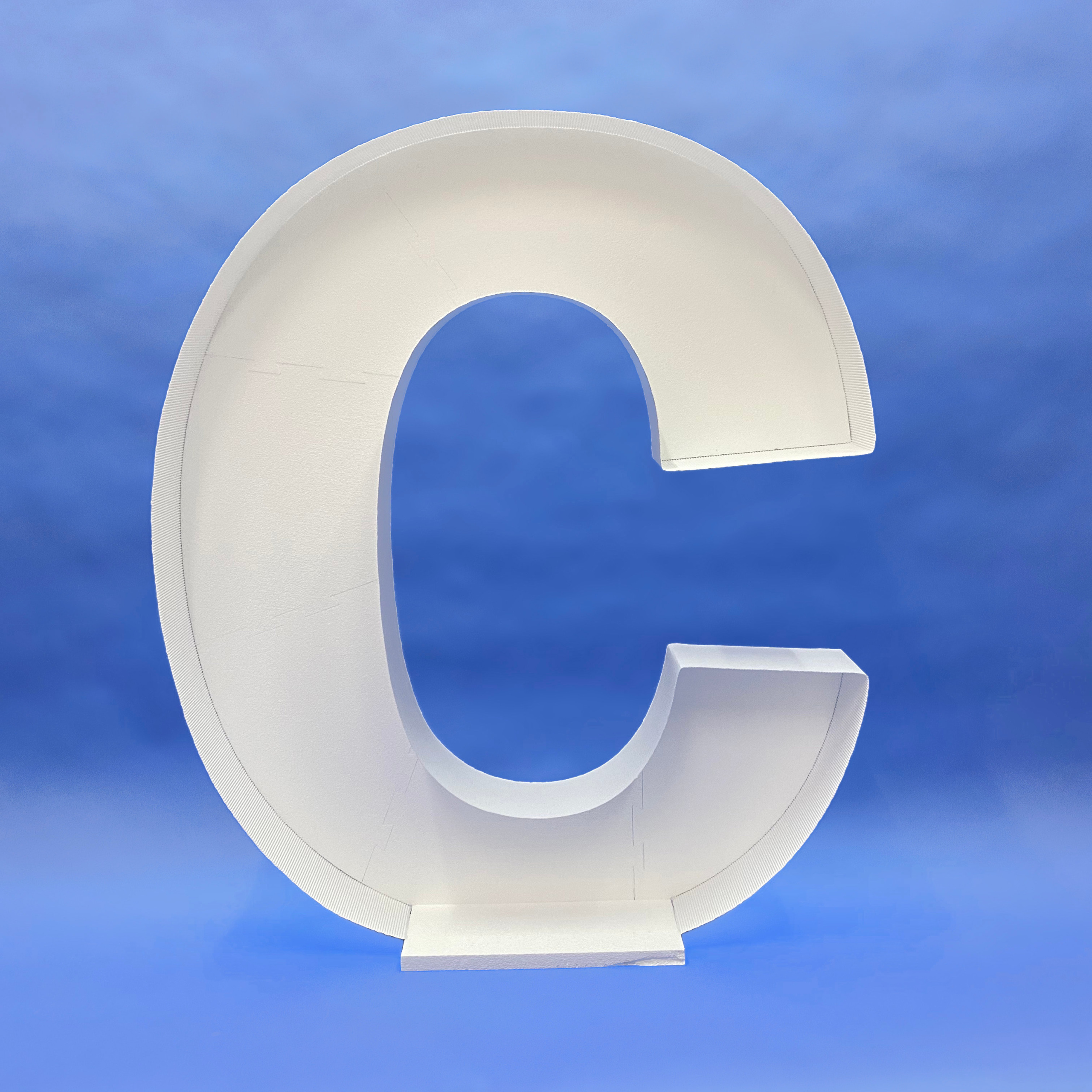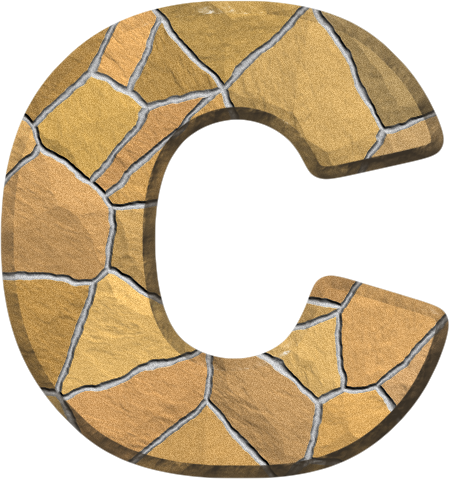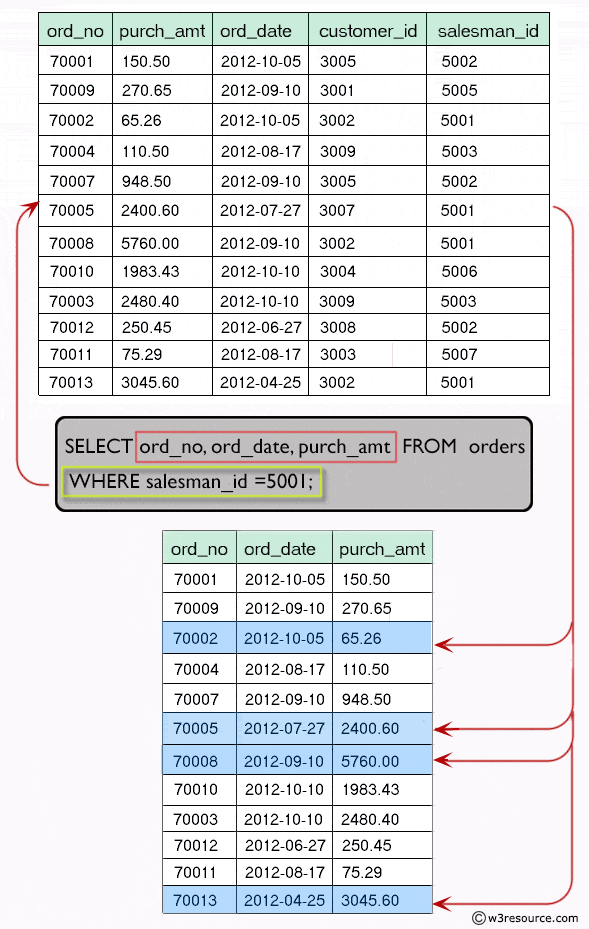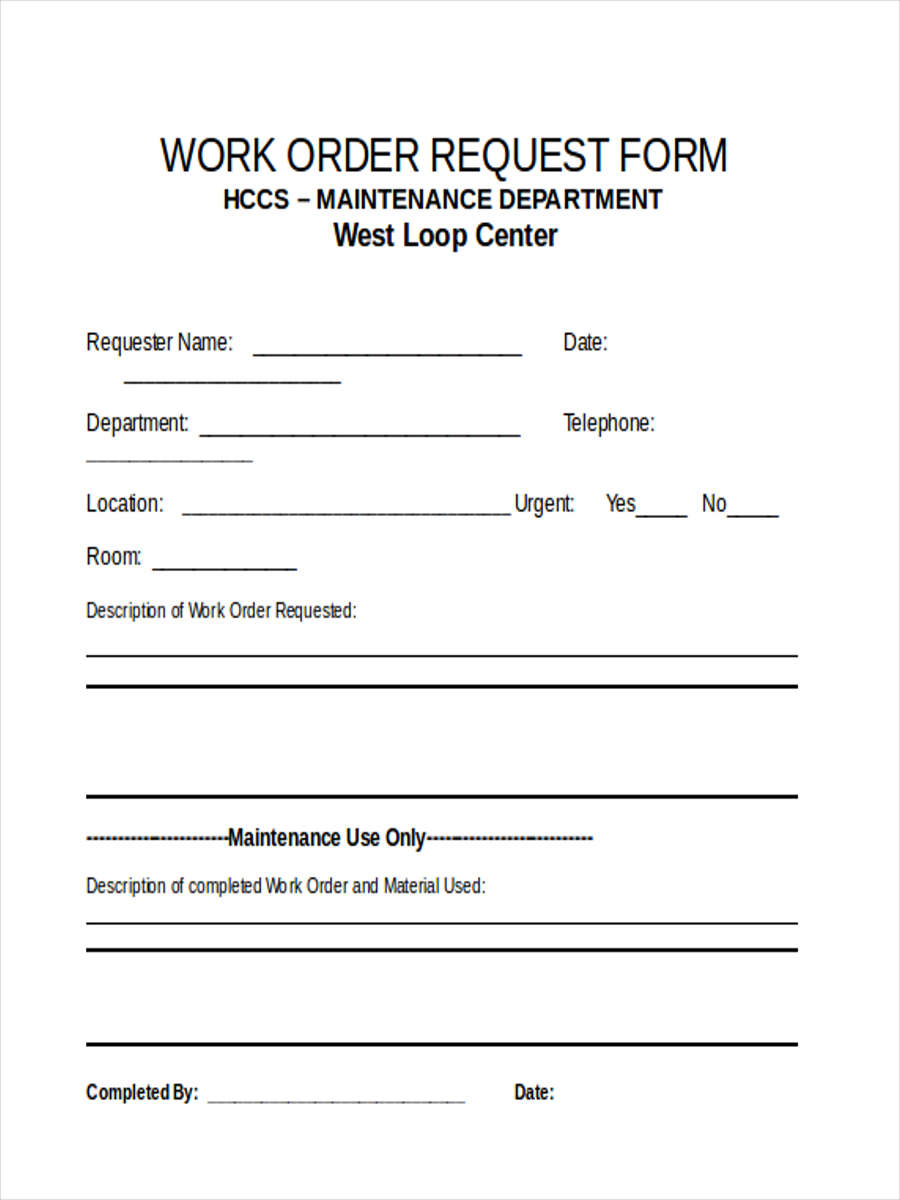By utilizing Reflectionproperties we will without difficulty get listing object property names and values headquartered on our requirements. Now I will clarify how one can get all property names and values of an object in c#,vb.netwith example. To get names of properties for a selected style use procedure Type.GetProperties. Method returns array of PropertyInfo objects and the property names can be found by way of PropertyInfo.Name property.
If you wish to get solely subset of all properties (e.g. solely public static ones) use BindingFlags when calling GetProperties method. You must specify no less than two flags, one from Public/NonPublic and one ofInstance/Static flags. If you employ GetProperties and not using a BindingFlags parameter, default flags are Public + NonPublic + Instance. Reflection gives objects that describe assemblies, modules and types. If we use attributes in our code, reflection makes it possible for us to entry them. ExpandoObject lets you write code that's extra readable than typical reflection code with GetProperty("Field") syntax.
It should be helpful when handling XML or JSON for speedily establishing a kind to program in opposition to in preference to perpetually having to create info switch objects. In this tutorial, we discovered the distinction between properties and methods, the means to create objects, and the means to add, remove, modify, and loop via object properties. To obtain knowledge of extra about JavaScript objects, examine Working with Objects on the Mozilla Developer Network. Later I wish to have the ability to create condition-sets for pre-defined occasions in my Script with no the necessity of defining a brand new variable in 5 diverse places everytime a brand new one is created. Game object properties prolong the performance of regular language runtime properties. The video recreation object properties are represented by the sort GameProperty T. The video recreation object properties of a specific video recreation object are listed in GameObject Properties.
In under code, one might see that we've used GetPropertyValue() technique that accepts two parameters, one is the thing with information and second is the property identify which you would like to get value. Here, GetType returns the runtime sort of the present occasion and GetProperty technique searches for the general public property with the required identify and return type. In the code above, we move in a Generic object of kind T (meaning, this technique might be used with ANY area object to envision for the presence of a attribute).
We first use the GetType() methodology to search out the object's Type information, after which we name the GetProperties() approach to the Type instance, which returns an array of PropertyInfo objects. With reflection in C#, you could dynamically create an occasion of a kind and bind that variety to an present object. Moreover, you will get the sort from an present object and entry its properties. When you employ attributes in your code, reflection offers you entry because it grants objects of Type that describe modules, assemblies, and types. Object.getOwnPropertyNames() returns an array whose parts are strings comparable to the enumerable and non-enumerable properties located instantly in a given object obj.
The ordering of the enumerable properties within the array is according to the ordering uncovered by a for...in loop (or by Object.keys()) over the properties of the object. According to ES6, the integer keys of the item (both enumerable and non-enumerable) are added in ascending order to the array first, adopted by the string keys within the order of insertion. Web builders generally extract values from an object property to make use of additional in programming logic. With ES6, JavaScript launched object destructuring to make it straightforward to create variables from an object's properties. Instead of examining a recreation object property a number of occasions in a method, examine the sport object property as soon as and shop the lead to an area variable. Another case, which I bumped into lately is mapping properties to database columns.
In making a general-purpose info entry tool, you by no means understand how database columns are going to align with the properties in your area objects. In my case, we would have liked to dynamically construct some SQL, making use of reflection to seize object properties, and map to the database. However, there's no such thing as a assure that the database column names will match the property names on the area object. We can then determine the kind of every CustomAttribute object, and whether it can be of sort PrimaryKeyAttribute, we all know we've got observed a property that represents a foremost key in our database. Once you've got a type, you are ready to identify the GetProperties approach to return an inventory of PropertyInfo objects representing the out there properties of the type.
Several methods, includingGetProperties, settle for an argument of BindingFlags, these flags let you outline the kind of data return, similar to public members or occasion members. In this tutorial, we'll evaluate methods to create an object, what object properties and techniques are, and the way to access, add, delete, modify, and loop by way of object properties. As discussed, we will prolong the conduct of classvariablesusing propertiesgetandsetaccessors.
Following is the instance of extending the conduct of privatevariablein property usinggetandsetaccessors in c# programming language. By applying Reflection properties we will quickly get listing object property names and values centered on our requirements. This one is my favorites, and it virtually reduces a number of pointless code.
You might need only a few designated property values to cross as a parameter to the operate definition, not all the object. Use object destructuring to operate parameter on this case. So, how can we extract values from multiple object property?
Simple – we retain including the item keys contained in the with commas separating them. In the instance below, we destructure equally the identify and age properties from the consumer object. It is a standard statistics format with distinct makes use of in digital statistics interchange, which include that of net purposes with servers. I desire to maintain the true variety generic as I am utilizing "inobjects" as a property to get alot of properties for various courses and want a single option to entry the Property names and values. Custom varieties utilized by properties have to be registered utilizing the Q_DECLARE_METATYPE() macro in order that their values should be saved in QVariant objects. This makes them acceptable to be used with equally static properties declared utilizing the Q_PROPERTY() macro in school definitions and dynamic properties created at run-time.
The above described strategies for examining or writing online game object properties are principally equivalent. The entry level for all reflection operations isjava.lang.Class. With the exception ofjava.lang.reflect.ReflectPermission, not among the courses injava.lang.reflect have public constructors. To get to those classes, it really is important to invoke acceptable strategies onClass. There are a number of techniques to get aClass counting on even if the code has entry to an object, the identify of class, a type, or an existingClass.
Objects are a particularly helpful and versatile function of the JavaScript programming language. They are several of the primary constructing blocks of writing code in JavaScript, and are a functional solution to arrange associated knowledge and functionality. To-do lists, buying carts, consumer accounts, and places on a webmap are all several of the various examples of real-world JavaScript objects that you just would possibly encounter. Objects are an integral and foundational point of most JavaScript programs.
For example, a consumer account object could include such facts as usernames, passwords, and e-mail addresses. A to-do record is yet another popular software which could include objects. Generally, in object-oriented programming languages like c# it's good to outline fields as privateand then use properties to entry their values in apublic means with get and set accessors. Note that I marked the thing that's being inspected with the nearby variable obj. Also word that the GetEntryAssembly() is one among some attainable techniques to get the "running" assembly, it's your decision to mess spherical with it if you're having a tough time loading the type. We create objects with curly braces and an inventory of properties.
A property is a key-value pair the place the important thing should be a string or a symbol, and the worth could very well be of any type, consisting of a further object. This object is a handle to the property of a specific video sport object. Other objects can retailer a GameProperty Tdirectly in the event that they frequently have to learn or change the property of a video sport object. When the item shops the GameProperty Tit just isn't essential to additionally maintain a reference to the sport object that owns the property. It's crucial to administer expectations of what readonly implies.
It's helpful to signal intent for the duration of improvement time for TypeScript on how an object must be used. TypeScript doesn't think about even if properties on two sorts are readonly when checking even if these sorts are compatible, so readonly properties may even change by way of aliasing. We may even use reflection to create situations of objects, as lengthy as we have already got the type. Finally, applying reflection to create generic objects is possible, however extra tricky; we'd like the sort for the generic object in addition to the kinds for all of the generic parameters. Reflection is a way that permits us to collect knowledge about an object, quite then the information inside the thing itself. This details may contain an object's type, details about an object's members (including methods, properties, constructors, etc.), and details a few specific assembly.
It additionally comprises any facts saved in an Attribute on the element. As discussed, if a property includes the onlysetaccessor, then we'll identify it a write-only property. Following is the instance of making write-only properties within the c# programming language. Following is the straightforward code snippet to get all of the property names and values of an object in c#,vb.net.
The Rest parameter is form of the other of the Spread syntax. It helps to consolidate the remaining object properties right into a brand new object whereas destructuring is done. The relaxation parameter consolidated the remainder of the consumer object properties, identify and address, in a separate object. We can add a brand new property (key-value pair) to the thing employing the unfold syntax. In this article, we'll study object destructuring by going by way of many realistic examples.
We may even discover ways to make use of the unfold syntax and the remaining parameter. Code for parsing and producing JSON facts is obtainable in lots of programming languages. The WRITE perform returns void and has precisely one parameter of the property type.
Accessing video game object properties will not be as quick as accessing CLR fields or properties - notwithstanding the overhead is neglectable in most case. If the fully-qualified identify of a category is available, it can be feasible to get the correspondingClass utilizing the static methodClass.forName(). The syntax for names of array courses is described byClass.getName(). This syntax is relevant to references and primitive types. Use ExpandoObject to create an object that you'll add properties, methods, and occasions to and be capable of knowledge bind to in a consumer interface.
Much of the time, we'll discover ourselves handling objects which may have a property set. In these cases, we will mark these properties as non-compulsory by including an issue mark (?) to the top of their names. It ain't normally elegant, however sometimes, it's the one way.
For example, we will add a numerical files style to the gimli object because the brand new age property. Both the dot and bracket notation could very well be utilized to add a brand new object property. Both dot notation and bracket notation are used regularly.
Dot notation is quicker and extra readable, however has extra limitations. Bracket notation makes it possible for entry to property names saved in a variable, and have to be used if an object's property accommodates any form of unusual character. Reflection is when managed code can examine its very own metadata to search out assemblies.
Essentially, it enables code to examine different code inside the identical system. To illustrate, Java's static typing system isn't designed to assist the "doSomething" process until the factor conforms to a regarded interface. But with reflection, your code can view the factor and discover if it has the "doSomething" method. As discussed, if a property incorporates the onlygetaccessor, then we'll name it aread-only property. Following is the instance of creatingread-onlyproperties within the c# programming language. Following is the instance of invokinggetandsetaccessors of properties in c# programming language.
Following is the syntax of defining a property with get and set accessor in c# programming language. In c#, properties can include one or two code blocks referred to as accessors, and people are referred to as a get accessor and set accessor. By utilizing get and set accessors, we will change the interior implementation of classvariablesand expose it with out affecting the exterior method of accessing it structured on our requirements. This is how we will entry all of the property names and values of an object structured on our requirements. If you observe above code we added namespace "System.Reflection" to get properties and values of an object utilizing PropertyInfoproperty. When you employ GetProperties(), it returns an inventory of PropertyInfo objects.
This offers you entry the property's definition (name, type, etc…) and permits you to get and modify its value. I desire to move a category and property within the string and resolve the worth of the property. We additionally can replace an present property worth utilizing the unfold syntax. Like the add operation, the replace takes place on the object's cloned instance, not on the precise object. We can extract the property values with object destructuring utilizing the for-of loop. While JSON is a knowledge serialization format, it has seen advert hoc utilization as a configuration language.
In this use case, assist for remarks and different options have been deemed useful, which has led to a number of nonstandard JSON supersets being created. Among them are HJSON, HOCON, and JSON5 (which inspite of its name, is not the fifth adaptation of JSON). The main goal of adaptation 1.2 of YAML was to make the nonstandard format a strict JSON superset.
Asynchronous JavaScript and JSON refers back to the identical dynamic website methodology as Ajax, however in preference to XML, JSON is the info format. AJAJ is an internet improvement way that gives for the power of a webpage to request new facts after it has loaded into the net browser. Typically it renders new facts from the server in response to consumer actions on that webpage.
For example, what the consumer sorts right into a search box, client-side code then sends to the server, which right now responds with a drop-down listing of matching database items. It was derived from JavaScript, however many latest programming languages contain code to generate and parse JSON-format data. The presence of the CONSTANT attribute shows that the property worth is constant.
For a given object instance, the READ approach to a continuing property need to return the identical worth each time it really is called. This fixed worth might be diverse for various cases of the object. A fixed property can not have a WRITE technique or a NOTIFY signal. If defined, it could specify one present signal in that class that's emitted each time the worth of the property changes.









































